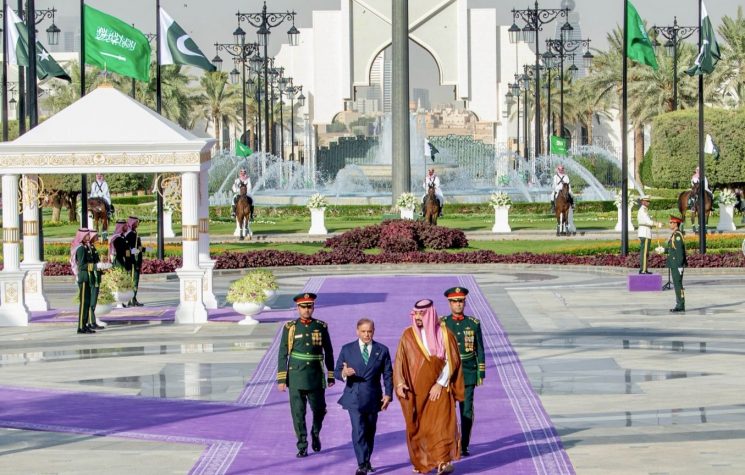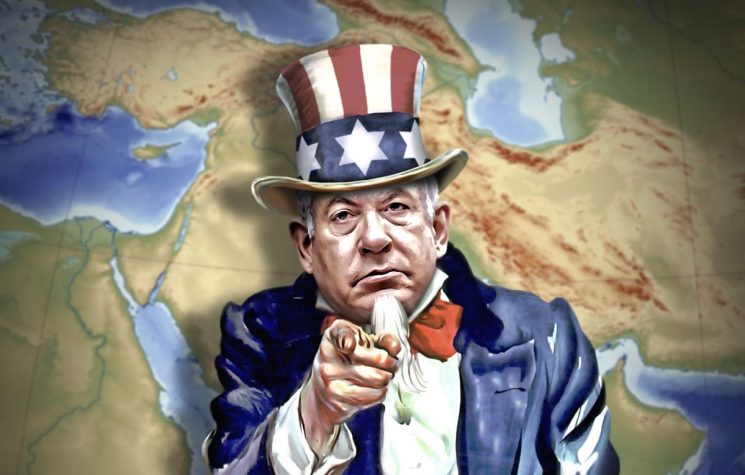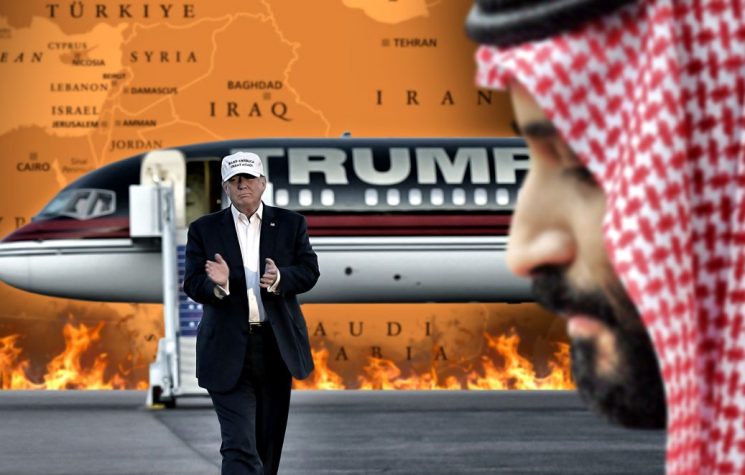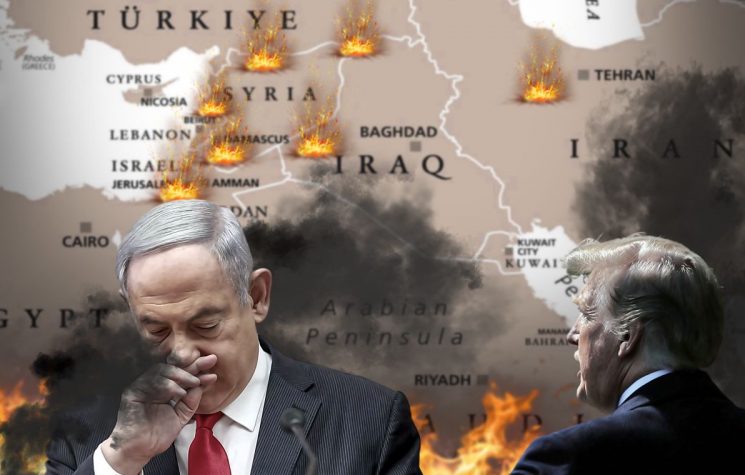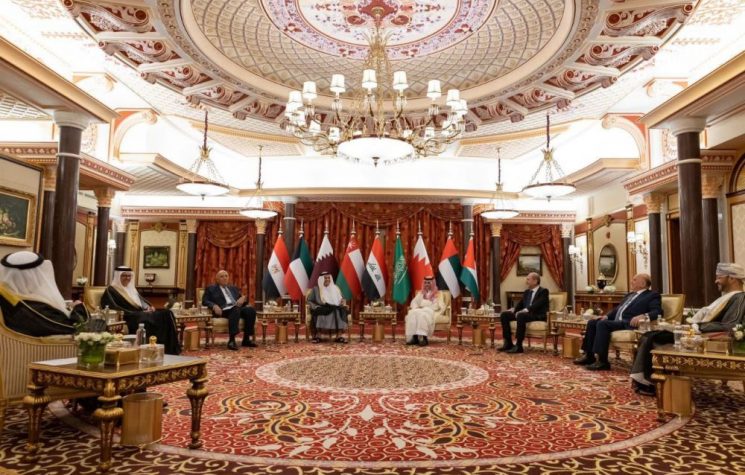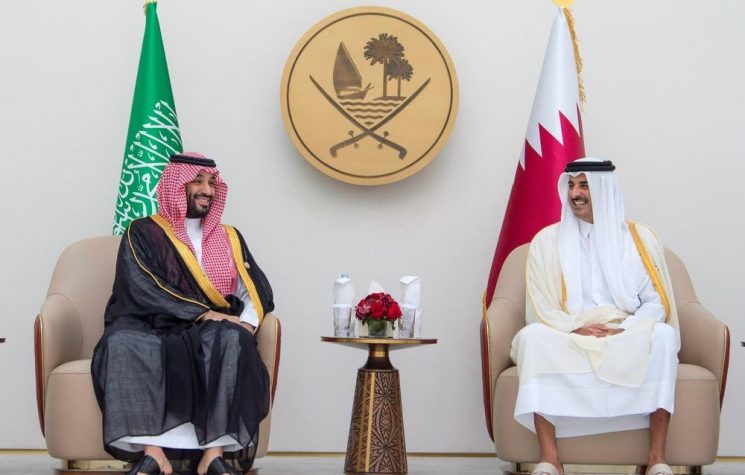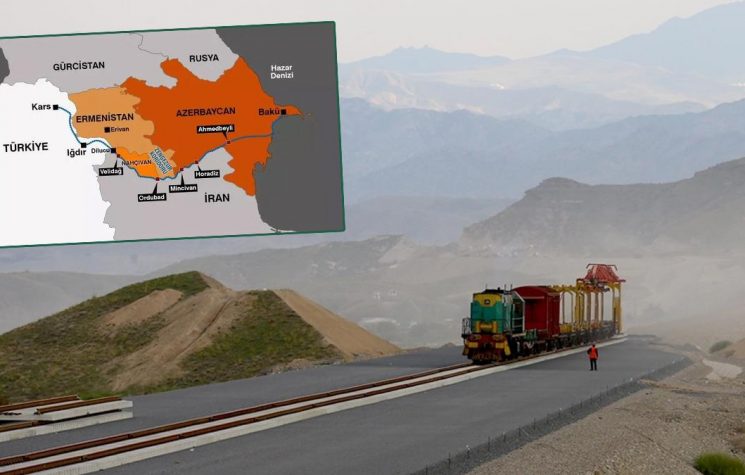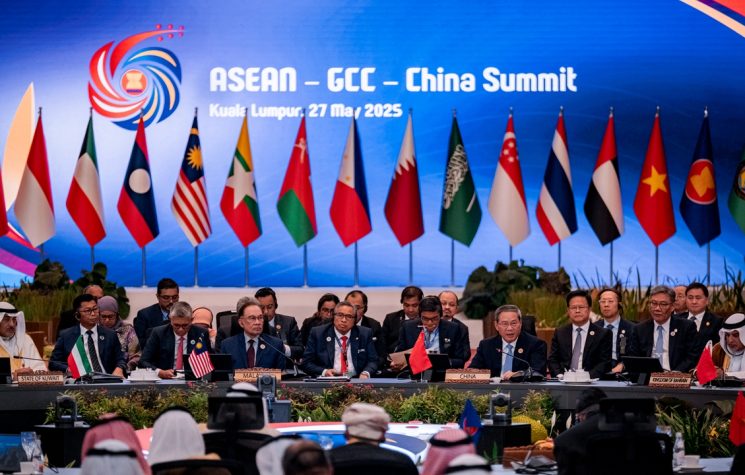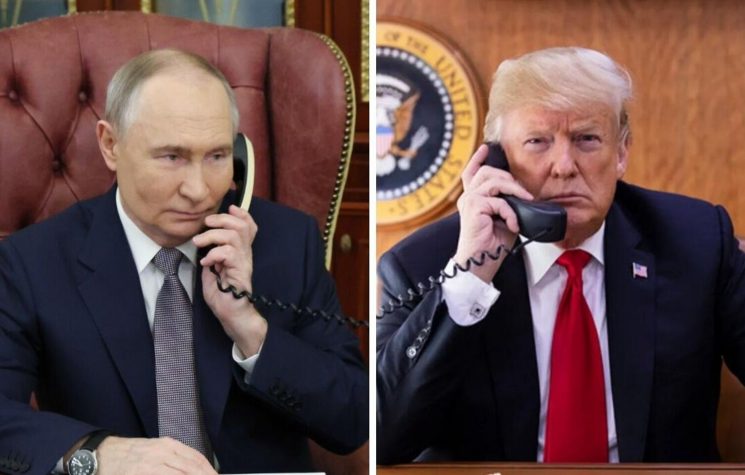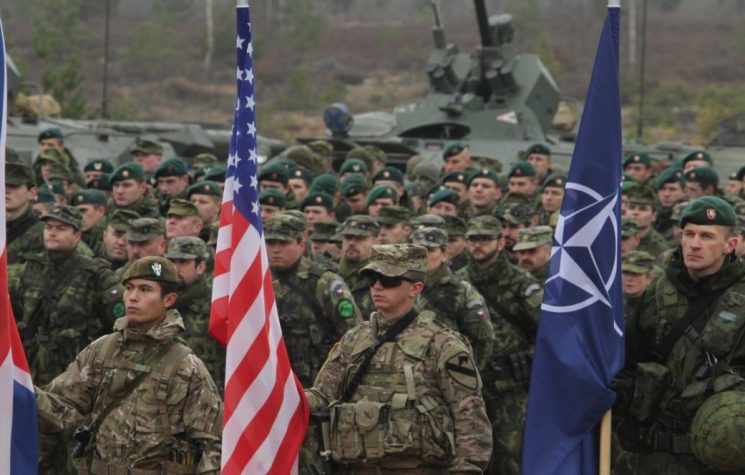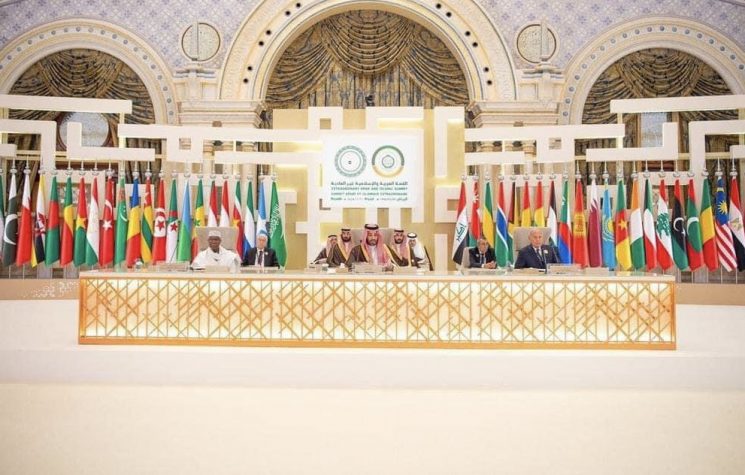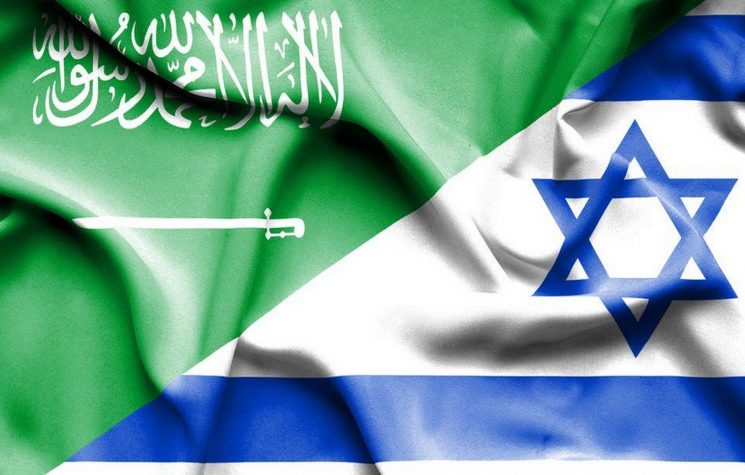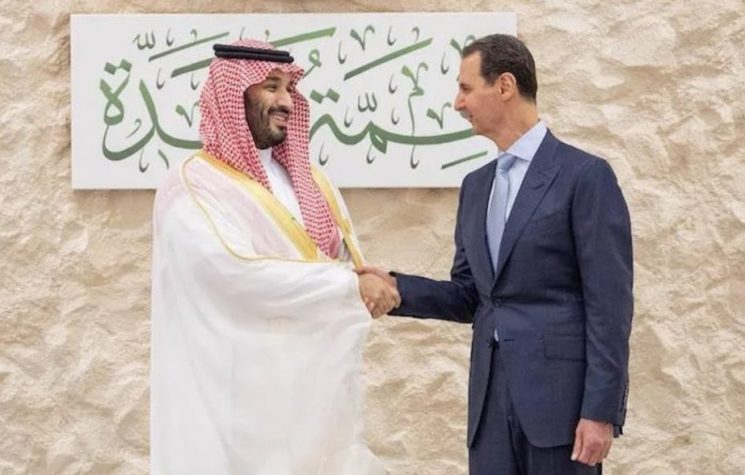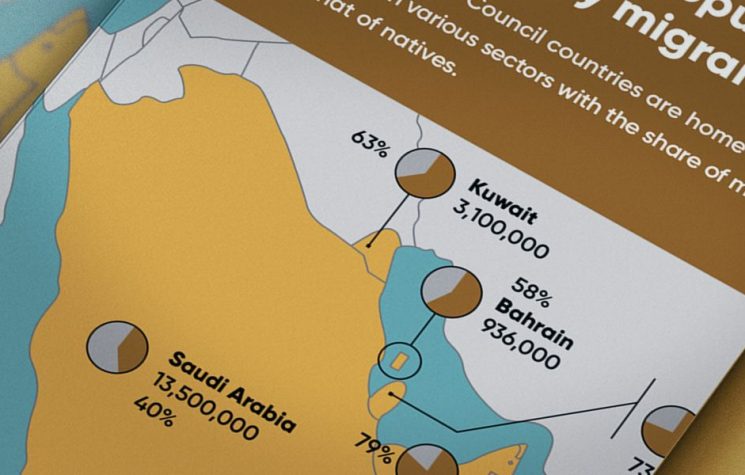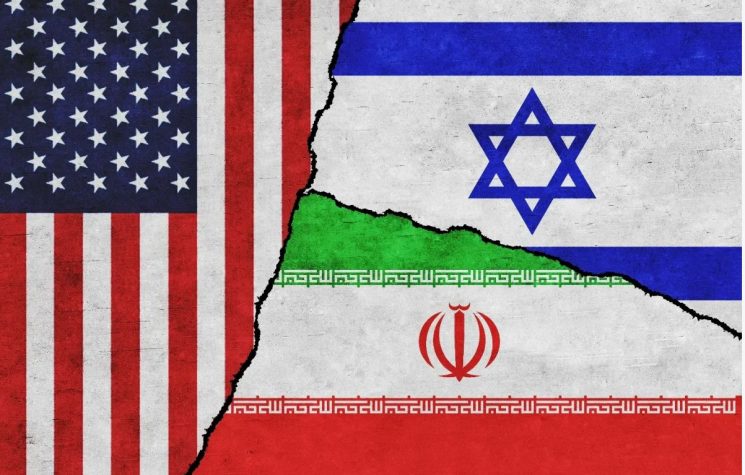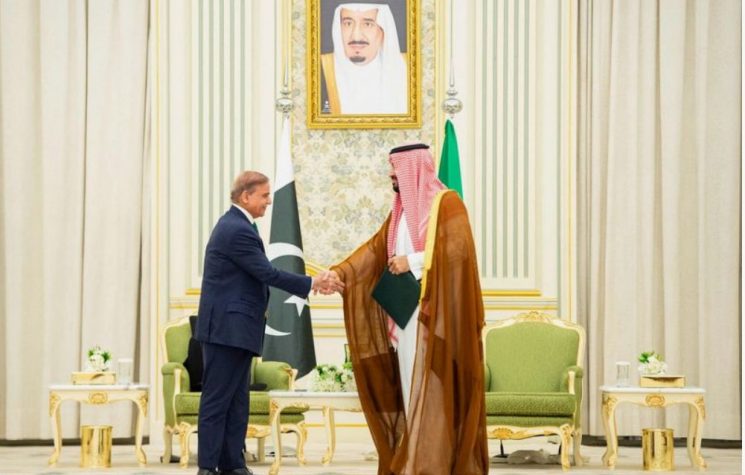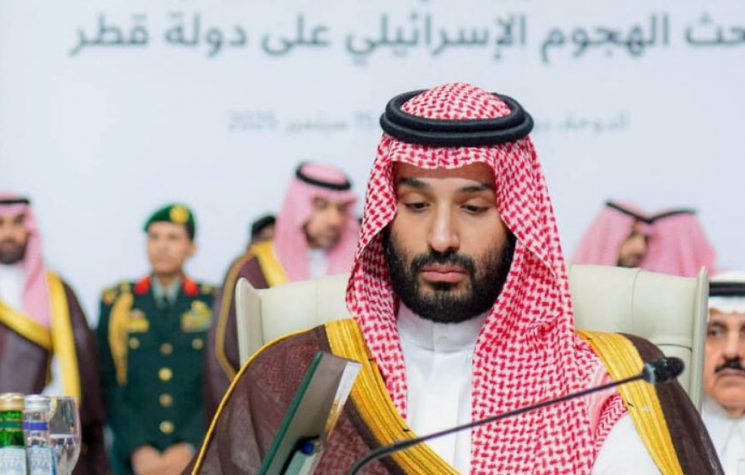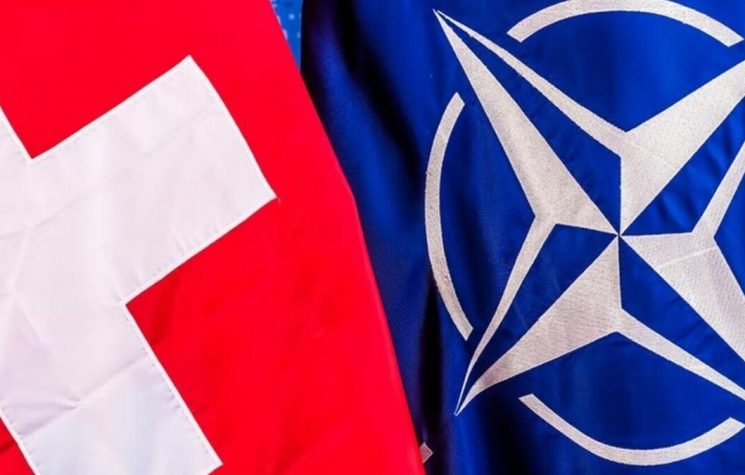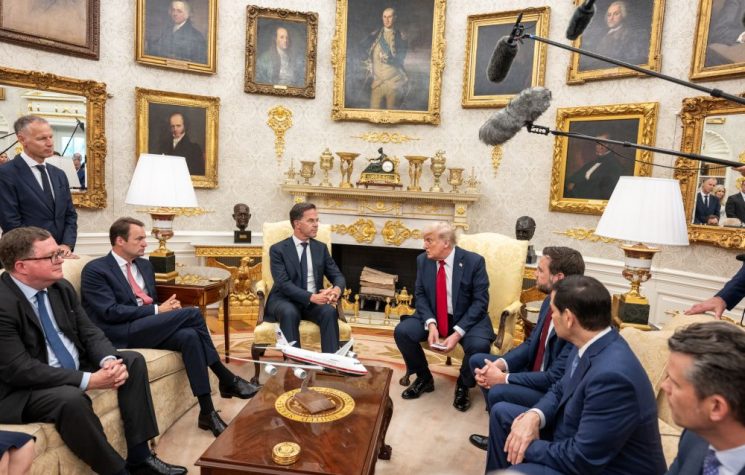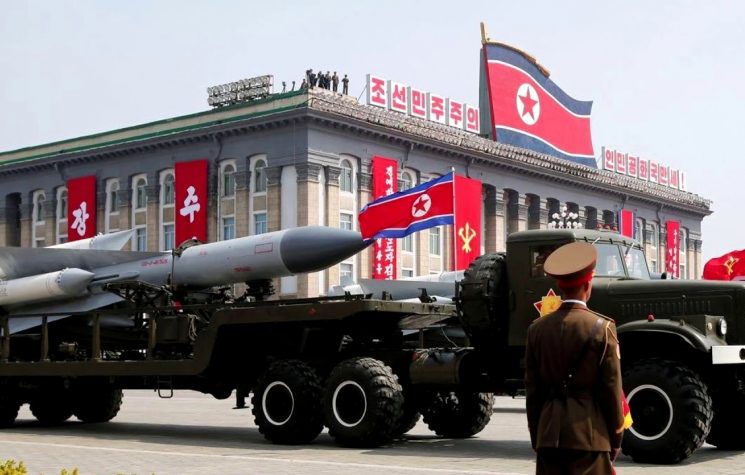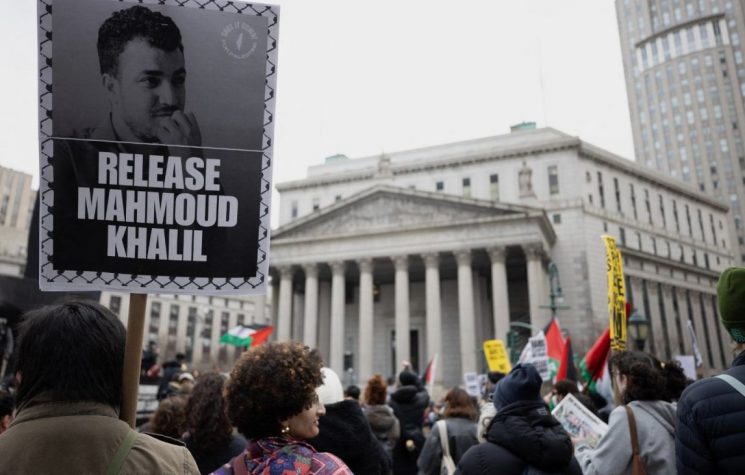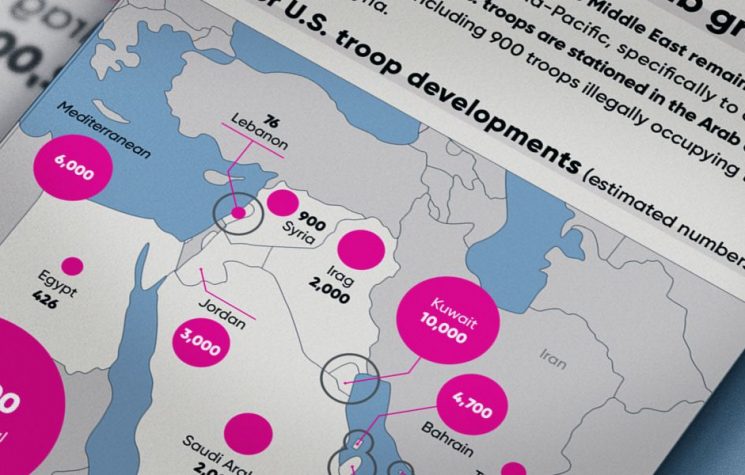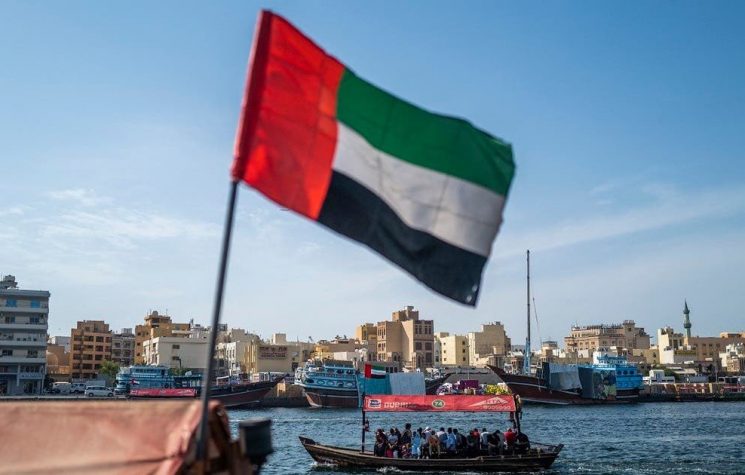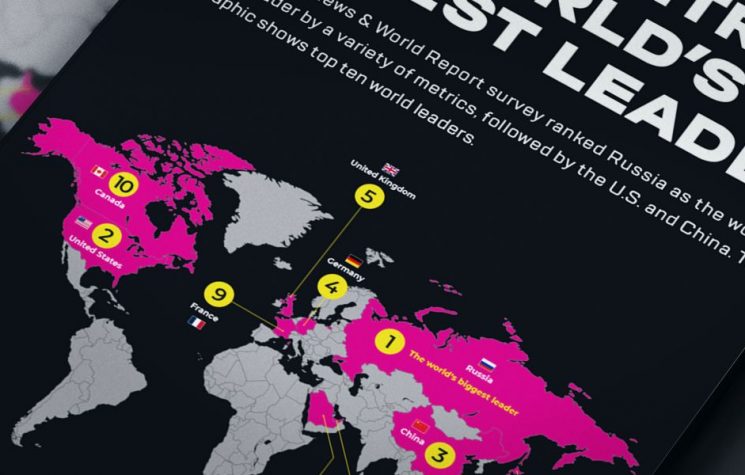The Saudi-UAE alliance, once hailed as an unbreakable pillar in the region, is experiencing significant strain due to Yemen’s complexities, economic rivalry, energy diplomacy, the Qatar crisis, and power struggles in the region.
❗️Join us on Telegram ![]() , Twitter
, Twitter ![]() , and VK
, and VK ![]() .
.
Saudi Crown Prince, Mohammed bin Salman (MBS), gathered Saudi journalists in Riyadh in December to say that the United Arab Emirates (UAE) had been an ally for decades, but had stabbed Saudi Arabia in the back, and threatened a response.
According to Gulf experts, the disagreement between MBS and Mohammed bin Zayed (MBZ) is because of the competition between the two over geopolitical and economical leadership in the region. The rivalry stems from the question as to who will be in control of the global oil market.
MBS favors lower oil production, in line with OPEC agreed upon levels, which keeps the global oil price higher. U.S. President Joe Biden traveled to Saudi Arabia to personally ask MBS to raise oil production in order to lower the gasoline prices in America, which would be a political plus for Biden and his 2024 re-election campaign while faced with low polling numbers.
However, after the cordial fist-bump the meeting failed to produce the results Biden came for. MBS refused to increased oil production, instead sticking with the previous OPEC agreed upon levels. MBS is the most powerful player in OPEC, and has stepped onto the regional stage as the most powerful political player in the region as well.
MBZ favors increased oil production, which would drop oil prices, but with increased sales, UAE would still have high profits. This strategy is in line with what the White House favors.
The UAE has become an investment and tourism destination for wealthy foreigners, including those from western democracies. Residents of the UAE enjoy a first-class lifestyle, and comparable wages in a cosmopolitan setting.
Not that long ago, Saudi Arabia didn’t even offer a tourist visa. Women had to be covered from head to toe and ‘fashion police’ roamed the streets beating women with canes if not appropriately covered. MBS shelved those antiquated measures and is in the process of turning Saudi Arabia into a tourist destination including the new mega-city Neom, and the new Saudi airlines which will rival the UAE’s Emirates airlines.
The geopolitical landscape of the Middle East is witnessing a subtle but noticeable shift, as cracks begin to emerge in the once unshakeable alliance between Saudi Arabia and the United Arab Emirates (UAE). Recent events, ranging from regional disagreements to economic competition, have contributed to a growing strain between these two powerhouse nations.
Yemen and Regional Ambitions
One area that has tested the Saudi-UAE relationship is the ongoing conflict in Yemen. Initially presenting a united front against the Houthi rebels, differing visions on post-war Yemen have caused a rift. While Saudi Arabia portrays itself as the senior custodian of Yemen’s stability, the UAE has often pursued independent ambitions in the south, creating divisions and muddying the waters of coalition efforts. This discord has further complicated reaching a comprehensive peace agreement.
Economic Rivalry
Economic competition has become another catalyst behind the strained Saudi-UAE relationship. Both countries aspire to diversify their economies and reduce dependence on oil, leading to increased rivalry in various sectors such as finance, tourism, entertainment, and technology. These ambitions have occasionally resulted in overlapping interests and rivalries, creating friction between the two nations, as they vie for prominence in the region.
Energy Diplomacy and OPEC
In the realm of energy diplomacy, tensions have recently risen, causing the Saudi-UAE relationship to falter. Disagreements arose within the Organization of the Petroleum Exporting Countries (OPEC) regarding production cuts. UAE’s push for higher production quotas to fund its future economic projects clashed with Saudi Arabia’s preference for maintaining market stability. The fallout of these negotiations exposed divisions, sparking resentment and contributing to the widening gap between the two nations.
Qatar and the GCC Crisis
The Gulf Cooperation Council (GCC) crisis, which erupted in 2017, has further strained the Saudi-UAE alliance. While Saudi Arabia led the blockade against Qatar, the UAE took measures to isolate Qatar, accusing it of supporting terrorism. However, as regional dynamics have evolved, Saudi Arabia has sought reconciliation, while the UAE remains hesitant. This contrasting approach has caused a rift within the coalition, impacting the shared stance against Qatar and challenging the long-standing regional dynamics.
Regional Influence and Power Struggles
As both Saudi Arabia and the UAE aim to assert their dominance and expand their influence in the wider Middle East, their individual foreign policies frequently collide. Divergent approaches towards Syria, Iran, and Egypt, among others, have strained the alliance. Saudi Arabia’s focus on confronting Iran and maintaining traditional alliances often contrasts with the UAE’s pragmatism and pursuit of calculated regional partnerships. Such divergent strategies have created tensions, potentially altering regional dynamics.
The Saudi-UAE alliance, once hailed as an unbreakable pillar in the region, is experiencing significant strain due to Yemen’s complexities, economic rivalry, energy diplomacy, the Qatar crisis, and power struggles in the region. These contrasting interests and policies have gradually eroded the unity that once defined their partnership. As the Middle East undergoes profound transformations, it remains to be seen how Saudi Arabia and the UAE will navigate these challenges, either rejuvenating their alliance or drifting further apart in pursuit of their own ambitions.










